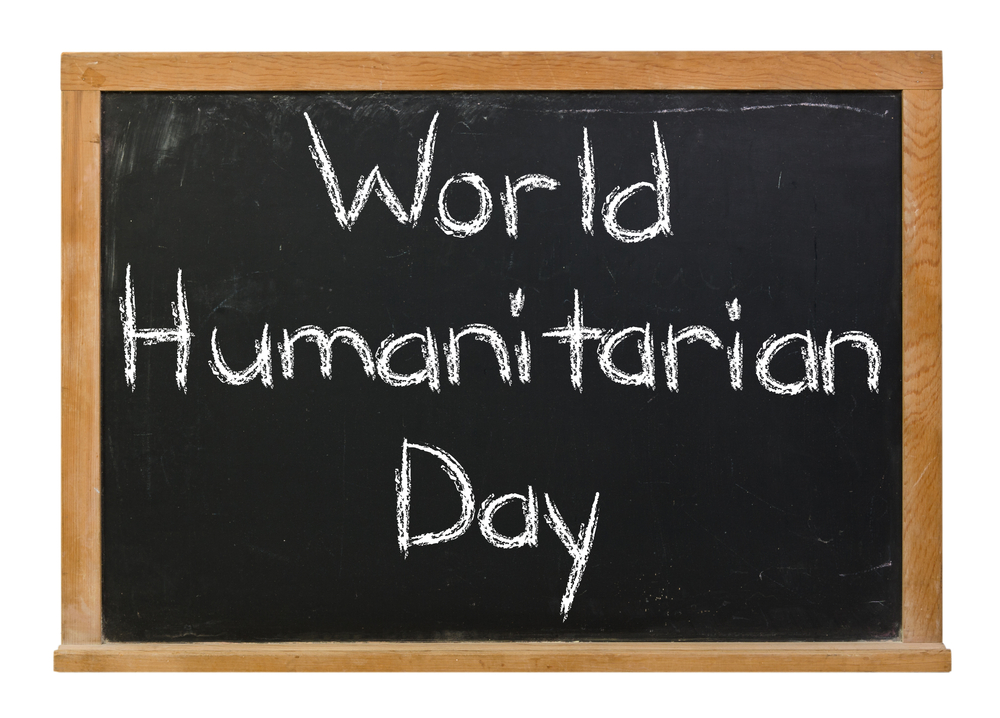Youth Empowerment to Leverage Humanitarianism

By Claire Hawthorne
At its core, humanitarianism is seeing a gap in one’s community, be it local, regional, or global, and doing your very best to fill that gap, regardless of your level or lack of privilege in your society. Growing up in Detroit, my parents wanted me to know the same family and neighbor-oriented community that they grew up in, and decided that they wanted to create safe, fun events to engage the young people in the area. Along with other community members, they hosted the first Trick or Treat in the Park event when I was three years old and continued to expand their offerings to as many as seven annual events throughout the years. As I grew up and assumed more responsibility in the events, I understood how impactful community coordination can be, even with limited means. I learned that the youth in the community are a vital resource that must be protected, nourished. and loved.
As I’ve transitioned to a deeper interest in health, especially preventative health care in the Black community, it has become my goal to apply this community mindset as a medical student and later as a physician to addressing healthcare needs voiced by the local patient population. Currently, varied statistics support the need for increased education in the area of health literacy across the nation and in Detroit specifically, especially considering the future of our communities, our children:
- 65% of African American adolescents have low health literacy. (Manganello, et. al.)
- Only 12.6% of school-aged children (ages 5-11) in the city of Detroit have received a full initial course of vaccines and African Americans under age 20 are overrepresented in the confirmed case rate. (Huffman)
- 24% of Detroit high school students are reported having low physical activity compared to 16% at a state level. (Detroit Health Department)
- Teen pregnancies are 2.6 times more common in the Detroit population than at a state level. (Detroit Health Department)
My Schweitzer project combines mentorship and peer-to-peer education to support middle school students, serendipitously a few blocks from where my parents made a mark on our local community, in developing an extracurricular Youth Advisory Council. (MDHHS) After fostering a safe and respectful learning environment with the students, I plan on teaching the committee members about the concepts of health literacy, health disparity and inequity, and basic research methodology. Using that knowledge, the students will identify health topics that are most pertinent to the YAC members and their peers, engage credible resources of health information, and turn this information into interesting presentations that they can present to their peers and surrounding community members. After this period of research and educating, the students will turn their new-found knowledge into a platform for advocacy towards pertinent changes to the local legislature or school board practices to increase the healthfulness of the community.
Our children are obviously at risk, and by working with students before they enter high school, we can empower them to take charge of their own health and healthcare, as well as inform their peers and community members as community educators – at as young as 10 or 11 years old.
Claire is a Michigan State University College of Osteopathic Medicine student and Albert Schweitzer Fellow.
